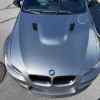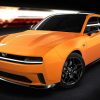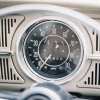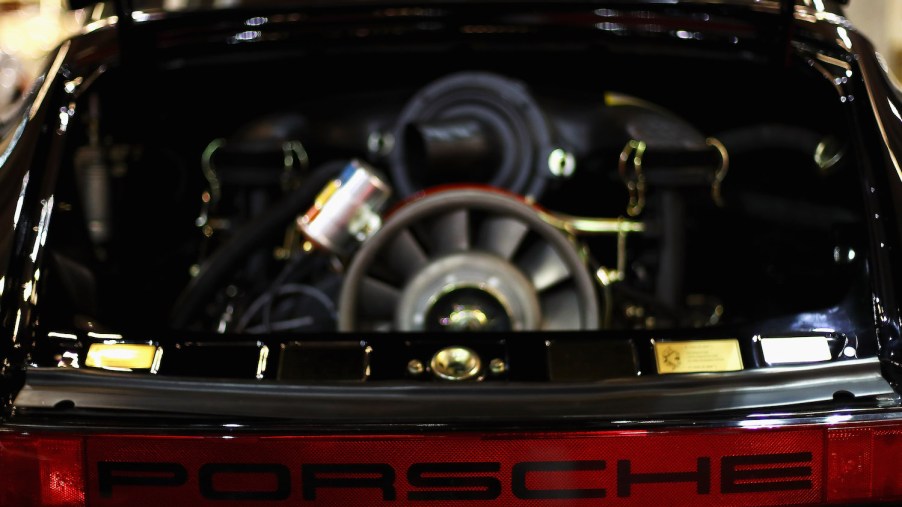
What is an Air Cooled Engine?
So you’ve heard your friends who are fans of classic cars raving about vintage air cooled whatevers. But you already know that air flows through a radiator and cools every engine, and perhaps you’re a bit too proud to ask, “What is an air cooled engine?” An air cooled engine is different than a water cooled engine because it simply doesn’t have a liquid-filled radiator. Instead, it relies solely on the flow of air (and the circulation of motor oil) to cool it down. You only find such engines in classic cars, the most common recent air cooled vehicles are Volkswagens and Porsches.
What does air cooled mean?
Air cooled means that a vehicle’s engine uses air to dissipate heat, instead of a liquid coolant running through channels in the engine block and cylinder head like a water-cooled engine. This type of cooling system is typically found in smaller, lightweight vehicles such as motorcycles and small cars.
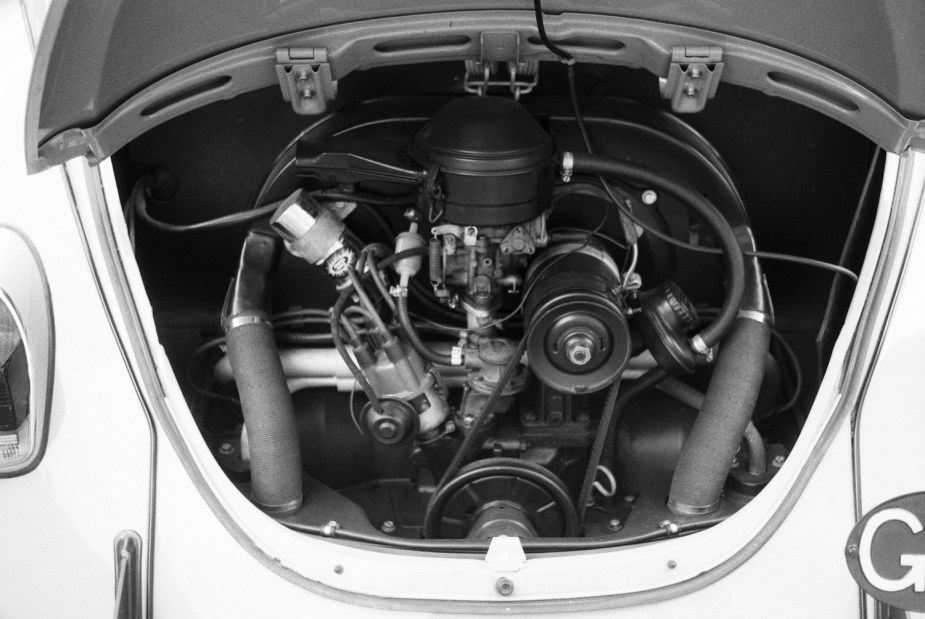
What are the disadvantages of air cooling?
One of the major disadvantages of air cooling is that it is less efficient at dissipating heat than water cooling. This can cause the engine to overheat in hot weather or high-performance situations. Additionally, classic engines are typically louder than their water cooled counterparts, and they can be more susceptible to damage from debris and dust.
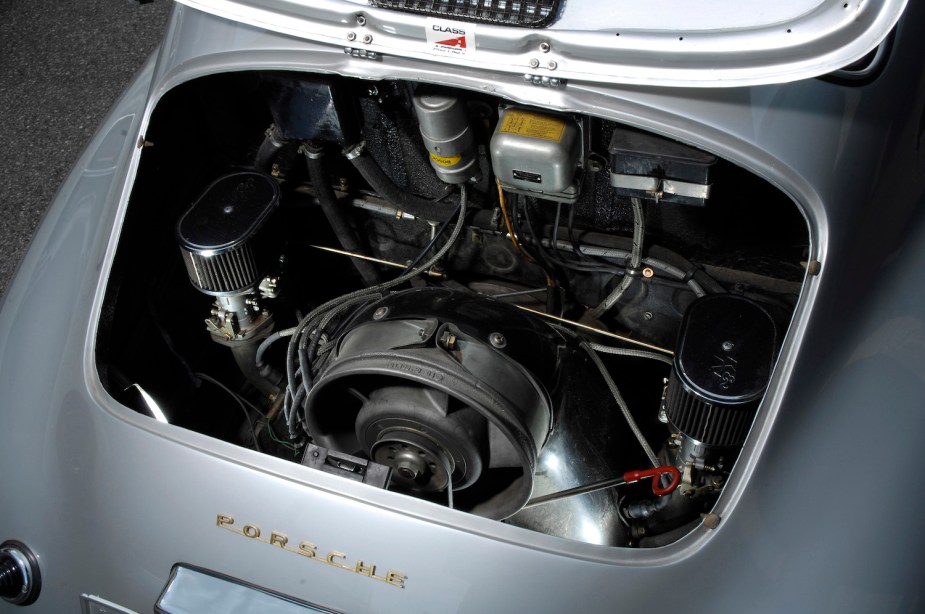
Another disadvantage is that air cooled engines often require more frequent maintenance, as the lack of liquid coolant means that various parts of the engine are exposed to the elements and can become clogged or damaged. This can lead to decreased performance and increased wear to the engine.
When was the last air cooled car made?
The last production air cooled car was the Volkswagen Beetle, which was in built in Mexico until 2003. However, Porsche continued to use air cooled engines in their 911 models until the introduction of the 911 “996” in 1998. This makes the Porsche 911 “993,” produced from 1994-1998, one of the most sought-after 911 models among Porsche enthusiasts.
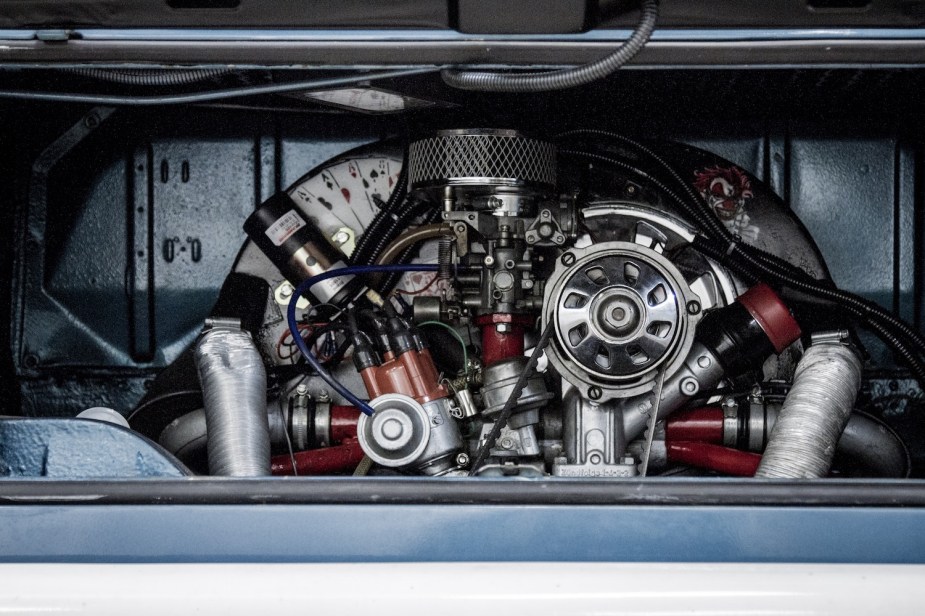
The discontinuation of cars cooled with air is primarily due to advancements in water-cooled technology, which offers improved performance, efficiency, and reliability. However, this classic type of engine still holds a special place in the hearts of classic car enthusiasts, particularly among Porsche fans. Events such as Porsche’s “Luftgekühlt” gathering continue to celebrate the legacy of the air cooled flat engine–according to DickLovette.co.uk.
While the air cooled engine has disadvantages, it has a historical significance in the automotive industry. It was first used by Carl Benz in 1896, as a flat engine with two cylinders working in opposition to each other, laying flat on opposite sides of the crankshaft. Porsche used the air cooled flat engine in their 356 models, using a VW Beetle 1.1-liter, four-cylinder engine. Porsche then developed a proprietary six-cylinder flat engine with an axial fan for the 356’s successor.
The air scooled flat engine was also an ideal choice for sports cars such as the Porsche 911, as its low design lowered the car’s center of gravity, giving a sportier and more dynamic driving style. A rear-engine, RWD car also has great traction because it has extra weight on its rear wheels.
The water cooled engine won out
As technology advanced, water-cooled engines became more efficient, quiet, and reliable. The air cooled engine had its heyday, and eventually, car manufacturers had to move on. The Porsche 911 “993” was the last of the air cooled 911s, and the Volkswagen Beetle was the last air cooled car in production (Jalopnik).
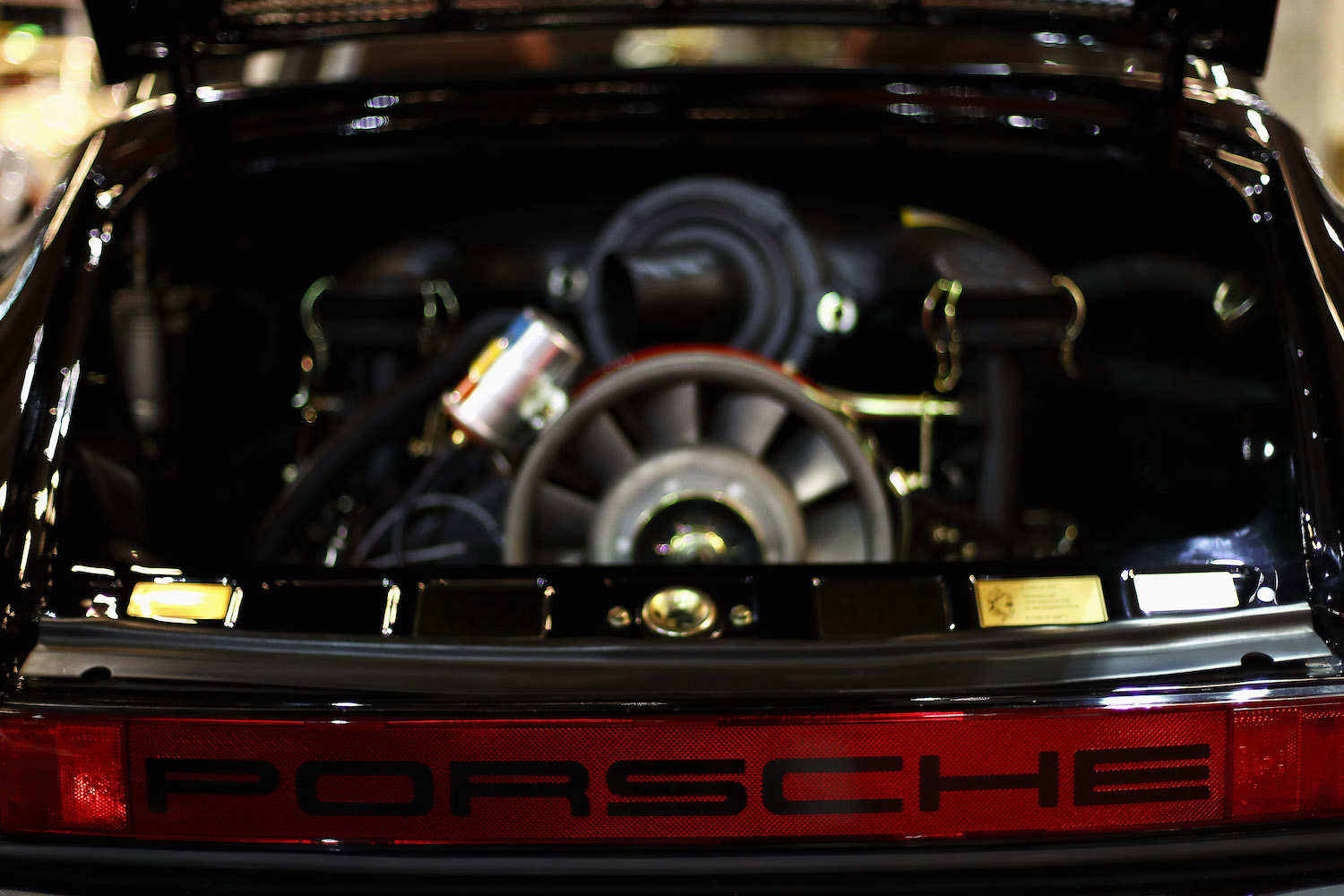
Today, air cooled engines are considered a niche market and are mostly used in vintage and classic cars. The nostalgia and the historical significance of the air cooled engine will always be a part of automotive history and culture, as events like Luftgekühlt continue to celebrate the legacy of air cooled engine classics.
Next, find out why the classic straight-six engine is making a comeback or see the difference between air cooled and water-cooled yourself in the video below:
